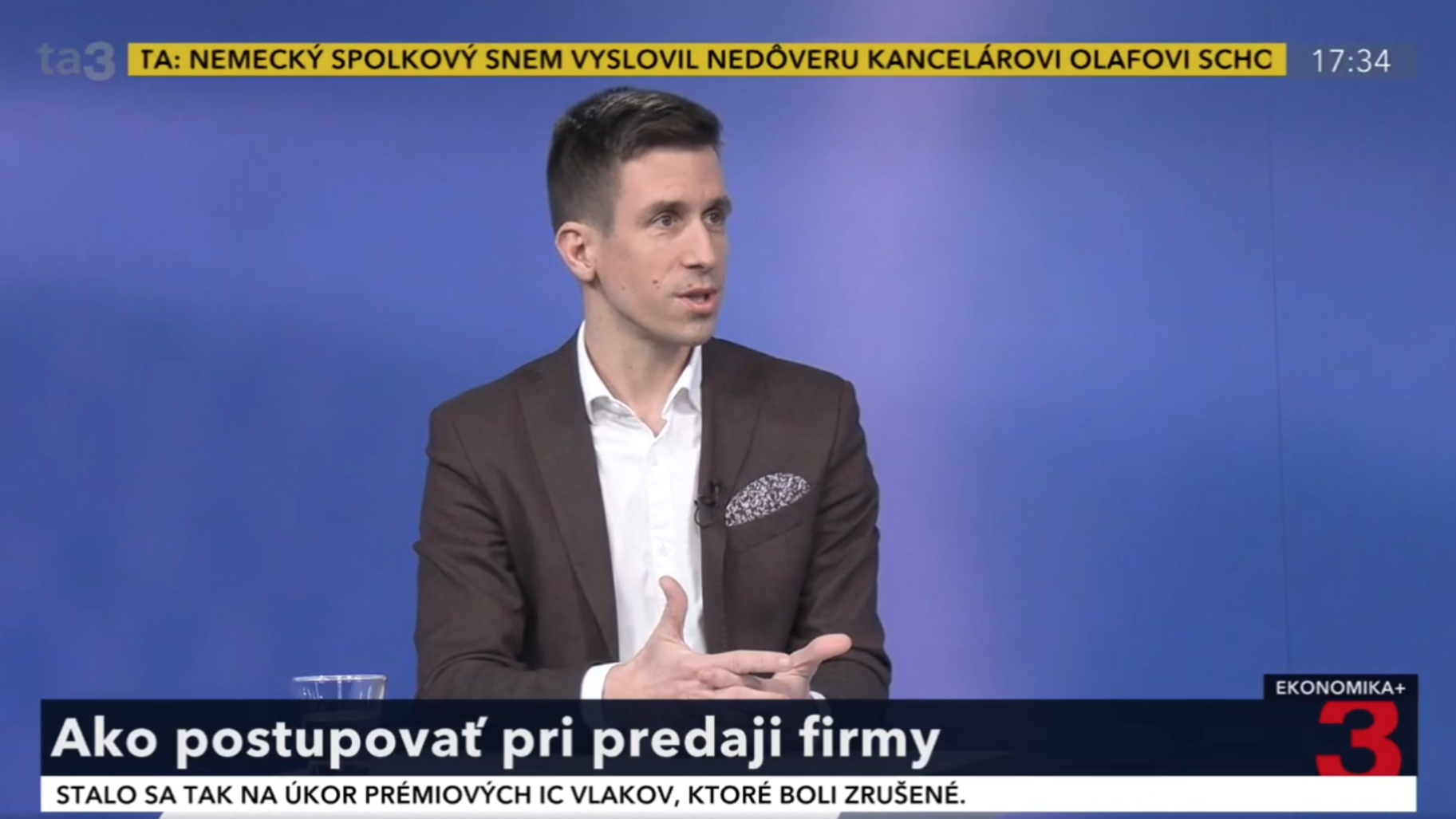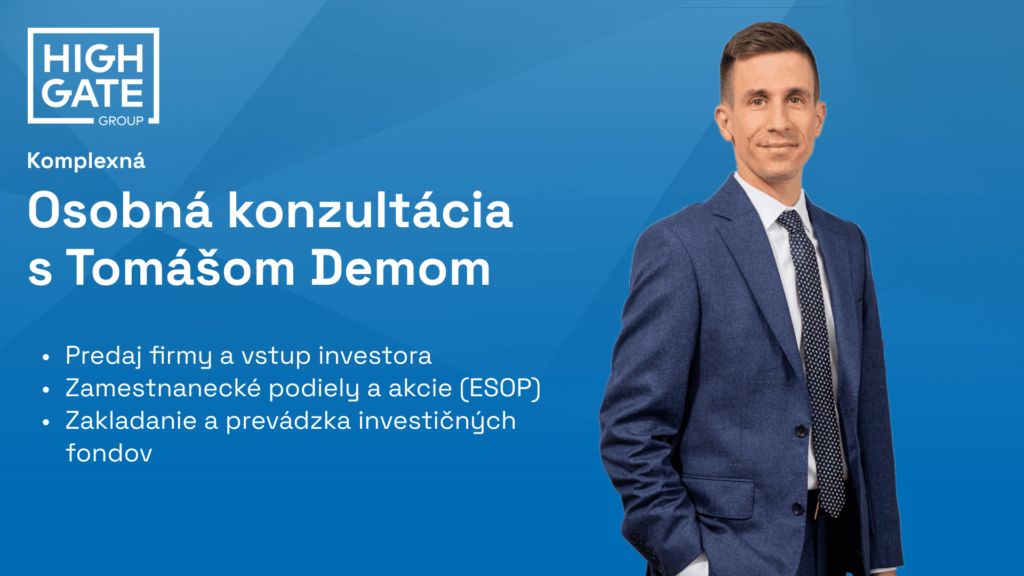
In addition to the valuation, the second key condition of the sale is the amount of the purchase price and its payment. The amount of the purchase price is a combination of the valuation of 100% of the shares in the company and the size of the share being sold.
Example: 100% share in the company was valued at 2mil. EUR. The purchase price for a 50% stake in the company is thus EUR 1m (Initial Purchase Price). However, the Initial Purchase Price is usually not the purchase price that the buyer will actually pay to the seller. Why?
In practice, the Initial Purchase Price is additionally increased or decreased in most transactions for the reasons set out below:
As a result of the above adjustments, the final purchase price paid to the seller will be EUR 1.1 million (EUR 1 million – EUR 100 thousand – EUR 50 thousand + EUR 250 thousand).
Tomáš Demo also talked about how the purchase price is subject to adjustments in the show Ekonomika+ on TA3. And we will talk about it in even more detail with KPMG on our M&A Conference 13. .
If you are interested in this topic, please do not hesitate to contact us:
For more on M&A and private equity, please visit this section of our website: venture capital and M&A
If you are interested, you can also subscribe to our newsletter about interesting practical legal and tax information free of charge: Subscribe to newsletter.
Alternatively, you can address your specific questions in a consultation with our partner Tomáš Dem, who also specialises in this area. You can book a consultation here:

Law & Tax
Tomas Demo
tomas.demo@highgate.sk
Accounting
Peter Šopinec
peter.sopinec@highgate.sk
Crypto
Peter Varga
peter.varga@highgate.sk